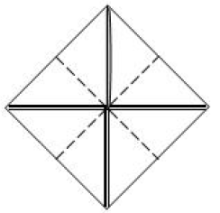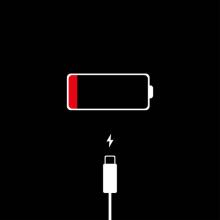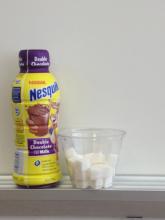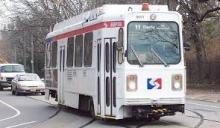
Enter criteria below and click "Search" to search the lesson plans.
(applied to: Title, Summary and Math Focus)
CCSSM Domains
Counting and Cardinality
Operations and Algebraic Thinking
Number & Operations in Base Ten
Measurements & Data
Geometry
Ratios & Proportional Relationships
The Number System
Expressions & Equations
Functions
Statistics and Probability
Number & Operations - Fractions
Grade Band
PreK-2
3-5
6-8
9-12
Context
Public Transportation
Maps
Neighborhood
Art & Architecture
Everyday Life
Nutrition
Popular Culture
School
Sports & Games
Social Justice
Locale
Philadelphia Based

 Data Deals
Data Deals 










